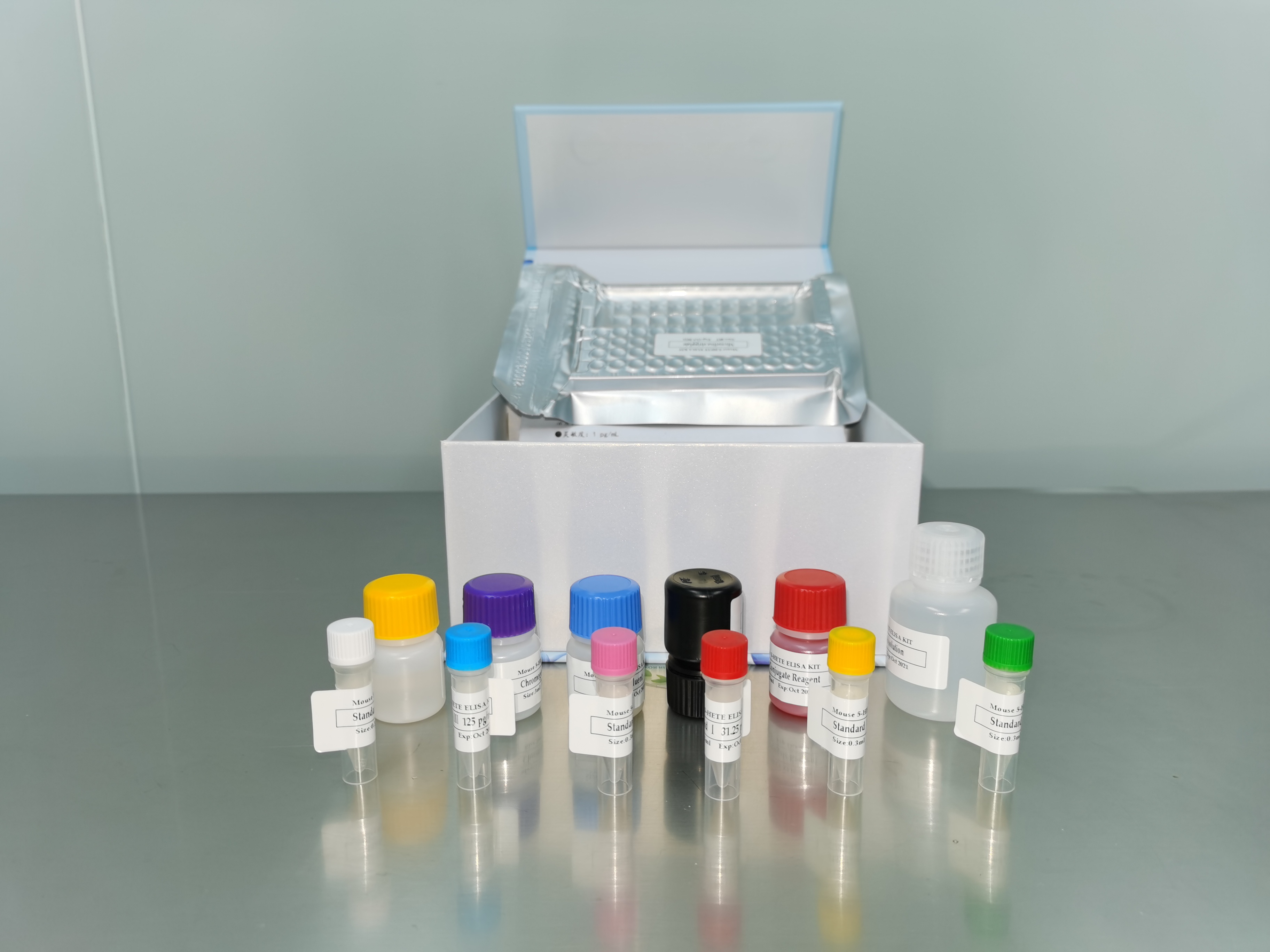| 产品名称: | Acanthamoeba sp. |
|---|---|
| 商品货号: | TS133618 |
| Strain Designations: | Liu E1 |
| Biosafety Level: | 2
Biosafety classification is based on U.S. Public Health Service Guidelines, it is the responsibility of the customer to ensure that their facilities comply with biosafety regulations for their own country. |
| Isolation: | human Acanthamoeba keratitis, Shanghai, China |
| Product Format: | frozen |
| Type Strain: | no |
| Comments: | Taxonomy and phylogeny based on SSU rRNA gene sequence |
| Medium: | ATCC® Medium 712: PYG w/ Additives |
| Growth Conditions: | Max Temperature: 30.0°C Min Temperature: 27.0°C Duration: axenic Protocol: ATCCNO: 30135 SPEC: This strain is distributed as a frozen stabilate. See general instructions for thawing and storage of frozen material before proceeding. As soon as the shipment arrives, remove the frozen ampule from the dry ice and transfer it directly to a 35C water bath. After thawing the ampule, transfer the contents to a 16 x 125 mm plastic screw-capped test tube containing 5 ml of fresh medium. (Glass test tubes may also be used, but the cultures can be transferred less frequently when maintained in plastic.) Screw the cap on tightly and incubate the tube on a 5-15 degree slant at the appropriate temperature. Subculture every 2-4 weeks by vigorously agitating the culture and aseptically transferring a 0.1 ml aliquot to a fresh tube of medium. Prolongation of the transfer interval can be extended up to 6 months for certain strains of Acanthamoeba, however, this must be determined empirically for each strain. |
| Subcultivation: | Protocol: ATCCNO: 30135 SPEC: This strain is distributed as a frozen stabilate. See general instructions for thawing and storage of frozen material before proceeding. As soon as the shipment arrives, remove the frozen ampule from the dry ice and transfer it directly to a 35C water bath. After thawing the ampule, transfer the contents to a 16 x 125 mm plastic screw-capped test tube containing 5 ml of fresh medium. (Glass test tubes may also be used, but the cultures can be transferred less frequently when maintained in plastic.) Screw the cap on tightly and incubate the tube on a 5-15 degree slant at the appropriate temperature. Subculture every 2-4 weeks by vigorously agitating the culture and aseptically transferring a 0.1 ml aliquot to a fresh tube of medium. Prolongation of the transfer interval can be extended up to 6 months for certain strains of Acanthamoeba, however, this must be determined empirically for each strain. |
| Cryopreservation: | 1.xa0xa0 To achieve the best results set up cultures with several different inocula (e.g. 0.25 ml, 0.5 ml, 1.0 ml).xa0 Harvestxa0 cultures and pool when the culture that received the lowest inoculum is at or near peak density. 2.xa0 If the cell concentration exceeds the required level do not centrifuge, but adjust the concentration to between 2 x 106 and 2 x 107cysts/ml with fresh medium.xa0 If the concentration is too low, centrifuge at 600 x g for 5 min and resuspend the pellet in the volume of fresh medium required to yield the desired concentration. 3.xa0 While cells are centrifuging prepare a 15% (v/v) solution of sterile DMSO as follows: Add the required volume of DMSO to a glass screw-capped test tube and place it in an ice bath.xa0 Allow the DMSO to solidify.xa0 Add the required volume of refrigerated medium.xa0 Dissolve the DMSO by inverting the tube several times.xa0 xa0xa0xa0xa0xa0 *NOTE: If the DMSO solution is not prepared on ice, an exothermic reaction will occur that may precipitate certain components of the medium. 4.xa0 Mix the cell preparation and the DMSO in equal portions. Thus, the final concentration will be between 106 and 107 cells/ml and 7.5% (v/v) DMSO. The time from the mixing of the cell preparation and DMSO stock solution before the freezing process is begun should be no less than 15 min and no longer than 30 min. 5.xa0xa0 Dispense in 0.5 ml aliquots into 1.0 - 2.0 ml sterile plastic screw-capped cryules (special plastic vials for cryopreservation). 6.xa0xa0 Place the vials in a controlled rate freezing unit.xa0 From room temperature cool at -1°C/min to -40°C.xa0 If the freezing unit can compensate for the heat of fusion, maintain rate atxa0xa0xa0xa0xa0xa0xa0 -1°C/min through the heat of fusion.xa0 At -40°C plunge into liquid nitrogen. Alternatively, place the vials in a Nalgene 1°C freezing apparatus.xa0 Place the apparatus at -80°C for 1.5 to 2 hours and then plunge ampules into liquid nitrogen.xa0 (The cooling rate in this apparatus is approximately xa0xa0xa0xa0xa0 -1°C/min.) xa0 7. The frozen preparations are stored in either the vapor or liquid phase of a nitrogen freezer. 8.xa0xa0 To establish a culture from the frozen state place an ampule in a water bath set at 35°C (2-3 min). Immerse the vial just sufficient to cover the frozen material. Do not agitate the vial. 9.xa0xa0 Immediately after thawing, aseptically remove the contents of the ampule and inoculate into 5 ml of fresh ATCC medium 712 in a T-25 tissue culture flask or plastic 16 x 125 mm screw-capped test tube.xa0 Incubate at 25°C. |
| Name of Depositor: | TJ Byers, J Liu |
| Special Collection: | NCRR Contract |
| References: | Stothard DR, et al. The evolutionary history of the genus Acanthamoeba and the identification of eight new 18S rRNA gene sequence types. J. Eukaryot. Microbiol. 45: 45-54, 1998. PubMed: 9495032 Ledee DR, et al. Advantages of using mitochondrial 16S rDNA sequences to classify clinical isolates of Acanthamoeba. Invest. Ophthalmol. Vis. Sci. 44: 1142-1149, 2003. PubMed: 12601042 |
| Cross References: | Nucleotide (GenBank) : AF019055 18S ribosomal RNA gene, partial sequence |


